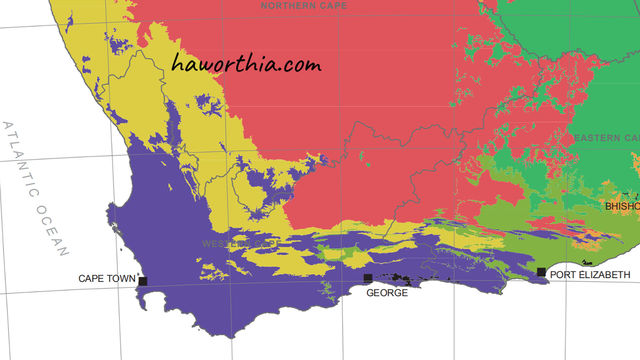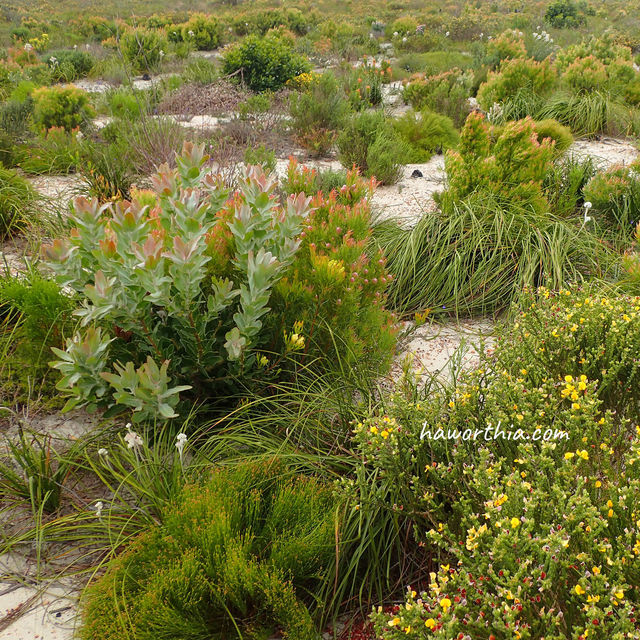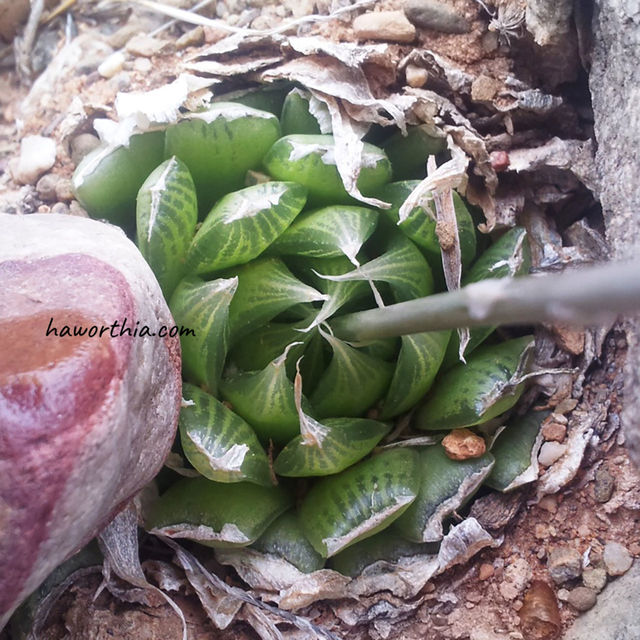Distribution in the Fynbos Biome
The Fynbos Biome takes its name from fynbos, the dominant vegetation in the region. The biome occupies most of the Cape Fold Belt as well as the adjacent lowlands between the mountains and the Atlantic Ocean in the west and south, and between the mountains and the Indian Ocean in the south.

The regions supporting the Fynbos Biome are a mosaic of various geological substrates, one of the major prerequisites for evolution of the remarkable diversity of taxa and vegetation types, making the Fynbos Biome one of the most fascinating botanical destinations. Sandstone, quartzite, granite, gneiss, shales and also young limestone sediments are the most prominent rocks of these regions.

The summers in the Fynbos Biome are hot and dry, a result of the poleward migration of high-pressure Hadley Cells. In winter the region is under the influence of the westerlies and their associated disturbances. In the Cape region the major climatic feature in winter is the occurrence of cyclonic fronts and their associated northwesterly winds, bringing abundant rain.

